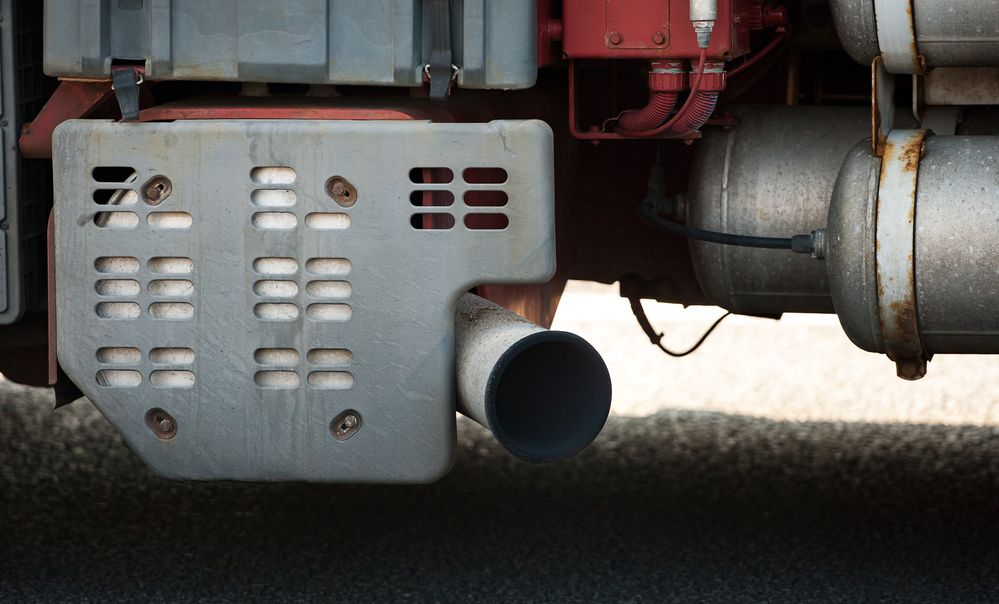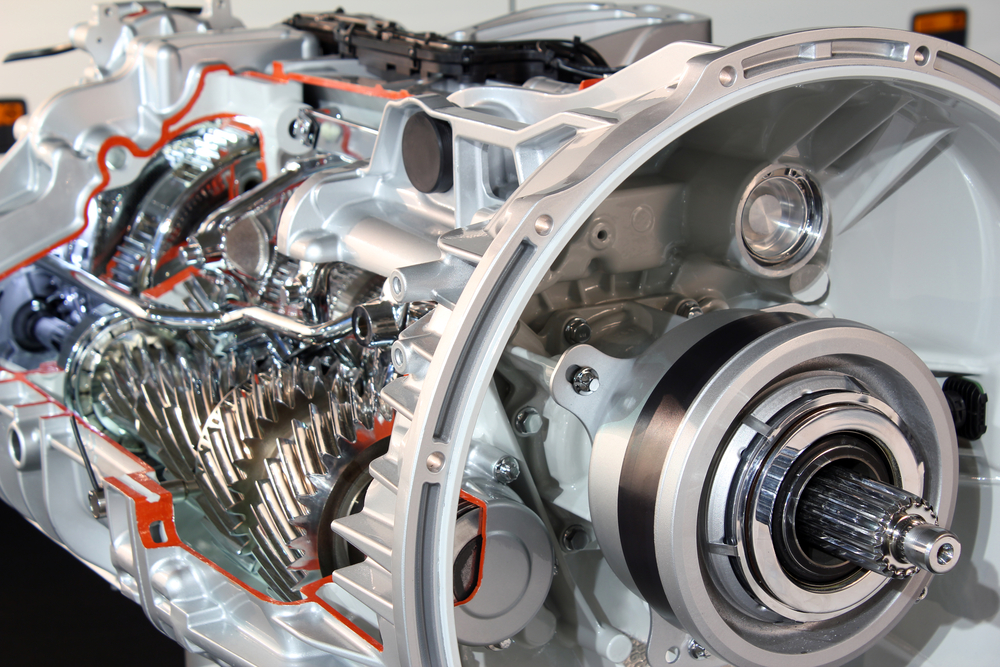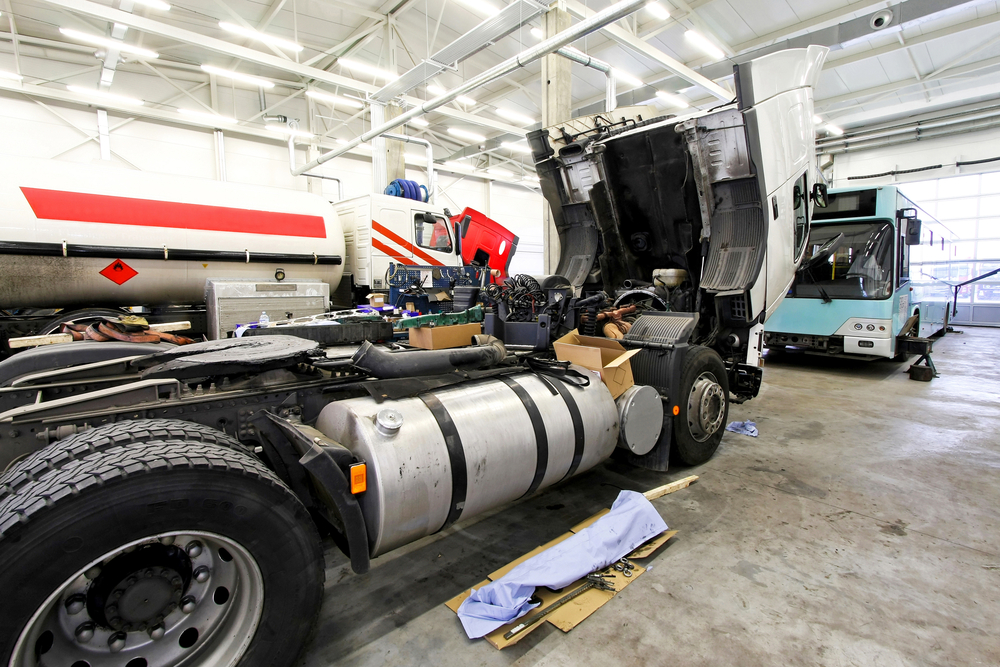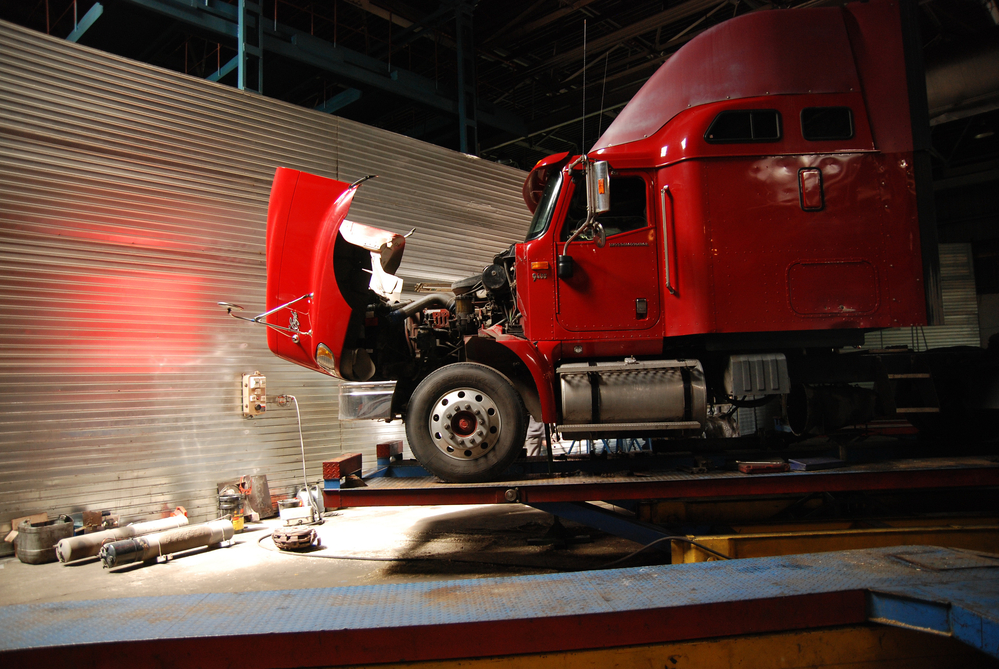
Reduce Your New Zealand Carbon Footprint With These Truck Parts
Looking to reduce your carbon footprint? You might not think of your truck as a key player in reducing emissions – but it can be! With a few simple changes to your truck’s parts, you can significantly reduce the amount of carbon dioxide your truck emits.
Here are a few truck parts that can help you reduce your carbon footprint in New Zealand.
Tire Pressure Monitoring System
Tire pressure monitoring systems (TPMS) are designed to provide drivers with real-time information about the pressure in their vehicle’s tires. This information can be used to help improve fuel economy and optimize tire wear.
There are two main types of TPMS: indirect and direct. Indirect TPMS uses sensors that are mounted on the vehicle’s wheels to measure tire pressure. Direct TPMS uses sensors that are mounted inside the tires themselves to measure pressure.
Most new trucks are equipped with direct TPMS. This type of system is considered to be more accurate than indirect TPMS, and it is less likely to give false readings.
TPMS can be a useful tool for helping to maintain proper tire pressure. However, it is important to remember that TPMS is not a substitute for regular tire maintenance. Drivers should still check their tires regularly for proper pressure and tread wear.
TPMS has been shown to reduce a vehicle’s carbon footprint in a number of ways. One is by improving fuel efficiency. Under-inflated tires can lead to increased rolling resistance, which in turn reduces fuel efficiency by as much as 3.3%.
Another way that TPMS reduce a vehicle’s carbon footprint is by reducing tire wear. Properly inflated tires last longer and need to be replaced less often, which reduces the number of tires that need to be produced. It is estimated that every 10% increase in tire life leads to a 0.5% decrease in the number of tires that need to be manufactured.
In addition, TPMS can help to reduce the number of accidents caused by flat tires or blowouts. These types of accidents often result in traffic congestion and the release of harmful emissions from idling vehicles.
Overall, TPMS are a simple and effective way to reduce a vehicle’s carbon footprint. By improving fuel efficiency and reducing tire wear, TPMS can help to save money and protect the environment.
Electric Winch
An electric winch is a device used for pulling or lifting a load and is powered by an electric motor. A truck winch is a type of electric winch that is used to pull or lift a load, typically a heavy load, onto a truck. Truck winches are used in a variety of applications, such as towing, hauling, and lifting.
An electric winch reduces the carbon footprint on a truck in a number of ways. First, an electric winch does not require the use of fossil fuels, which are a major source of greenhouse gas emissions.
Second, an electric winch is more efficient than a gasoline-powered winch, meaning that it requires less energy to operate. This results in fewer emissions of carbon dioxide, the primary greenhouse gas responsible for climate change.
Finally, an electric winch is less likely to leak fluids, such as oil, which can contaminate the environment.
LED Lights
LED lights are quickly becoming the preferred lighting option for many truckers due to the many benefits they offer. One of the biggest benefits of LED lights is that they help reduce a truck’s carbon footprint.
Traditional incandescent bulbs emit a lot of heat, which means they require more energy to produce the same amount of light as an LED bulb. LED bulbs also last a lot longer than traditional bulbs, so you won’t have to replace them as often. This means less waste going into landfills.
LED bulbs are also much more efficient than traditional bulbs, so they use less energy overall. This not only saves you money on your fuel bill but also reduces the amount of emissions from your truck.
If you’re looking for ways to reduce your truck’s carbon footprint, LED lights are a great option. Not only will they save you money, but they’ll also help keep the environment a little bit cleaner.
Solar Panels
The average truck emits about 20 pounds of carbon dioxide for every gallon of gasoline it burns. But a new solar panel system developed by Michigan-based startup Solar Roadways could slash a truck’s carbon footprint by up to 80 per cent.
Solar Roadways’ system consists of modular panels that can be embedded with solar cells, LED lights, and sensors. The panels can be used to create roads, parking lots, and driveways that generate renewable energy and provide real-time information about road conditions.
The company says its system can generate enough electricity to power a truck’s cabin and accessories, and even recharge the batteries of electric vehicles. That could significantly reduce a truck’s fuel consumption and emissions.
Solar Roadways is still in the early stages of development, but the company says its system could be commercially available within the next few years. If successful, it could help to reduce the carbon footprint of the trucking industry and make a significant contribution to the fight against climate change.



